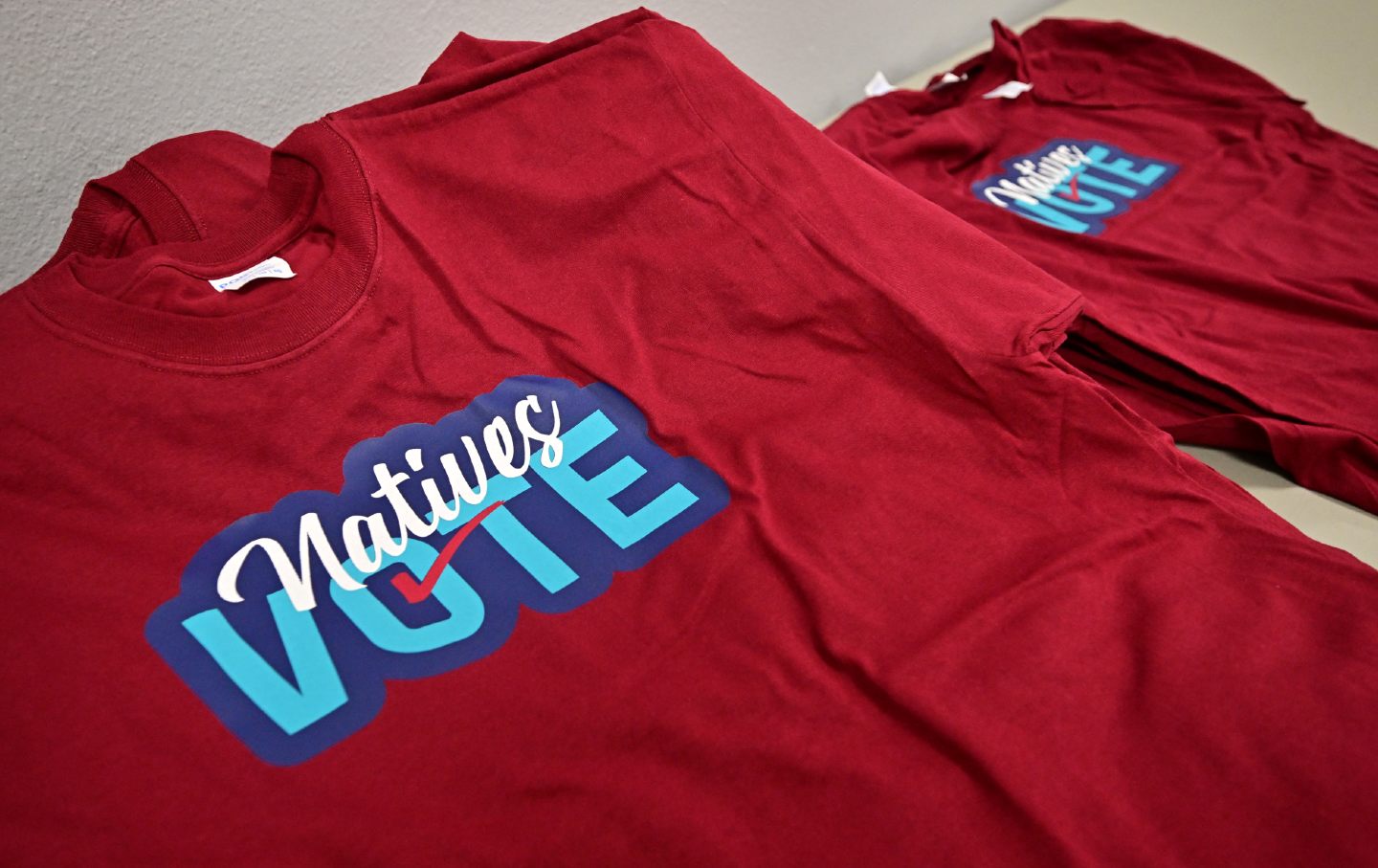Political Challenges for Native Voters in Election Years
During election years, various obstacles can impede voting, particularly for Native voters.
In 2024, neither presidential candidate has visited a reservation, despite the political significance of Native communities. An incident in Bemidji, Minnesota, in 2020 illustrates the challenges faced by Native voters. A Democratic supporter was subjected to aggressive behavior by a driver displaying pro-Republican symbols, highlighting intimidation tactics. This occurred near several Indian reservations, including Leech Lake and Red Lake.
Geographical isolation adds to these challenges. Many reservations in states such as Alaska and North Dakota are located far from polling places, requiring significant travel, often through harsh weather conditions and over poorly maintained roads. This lack of accessibility can suppress Native voter turnout.
A report by the Native American Rights Fund (NARF) found that increasing the distance to polling places reduces voter participation. The report noted that many of the 574 reservations across the U.S. lack polling facilities, compelling voters to travel long distances.
In addition to travel limitations, Native voters often face bureaucratic hurdles, particularly related to identification. Many lack traditional addresses due to historical land allocations, complicating voting with ID requirements. Despite a 2020 settlement in North Dakota that allowed voting without a physical address, similar barriers persist, notably in Arizona.
Language barriers also pose challenges, as some Native elders are not fluent in English. The absence of culturally aware language assistance can discourage participation.
Broader systemic issues compound these obstacles. Indigenous people experience higher rates of homelessness, which can further complicate voting. This issue is connected to historical policies like the Indian Relocation Act of 1956, which forcibly moved Natives to urban areas.
Despite these challenges, Indigenous communities continue to strive for political participation. Organizations like NARF are instrumental in advocating for their rights, aiming to overcome the numerous barriers they face in exercising the right to vote.
